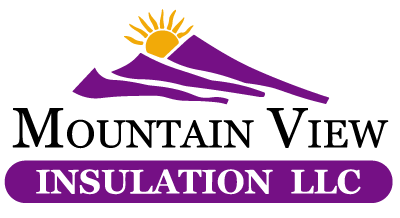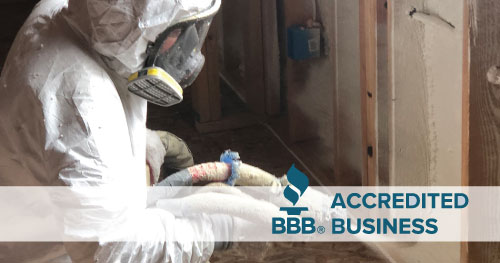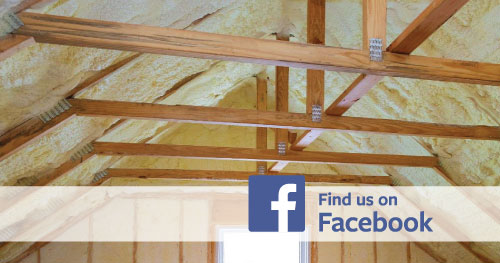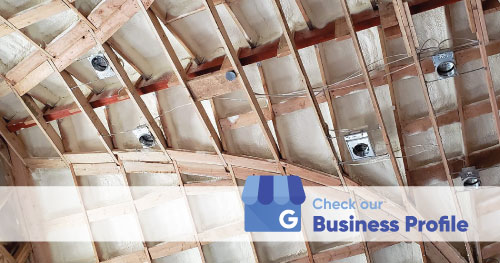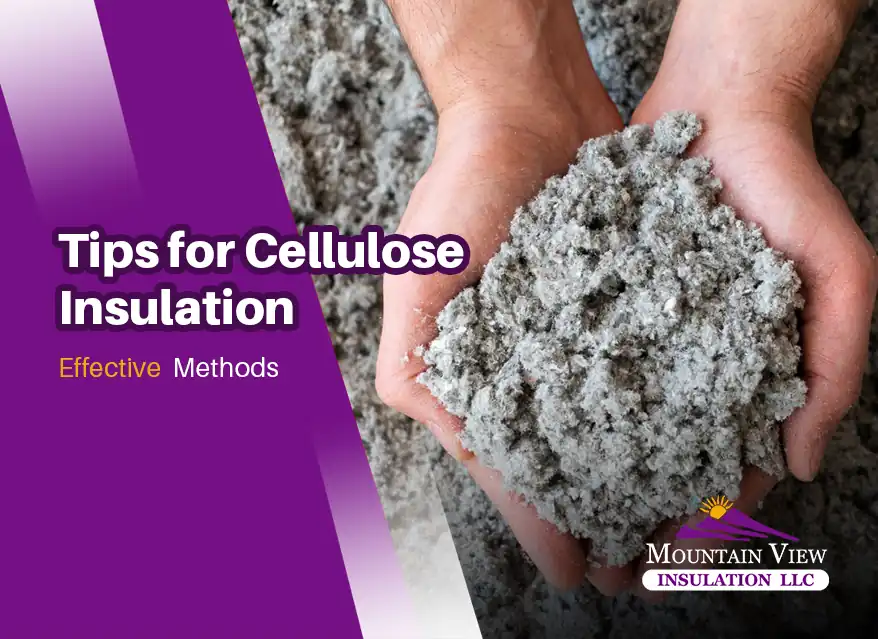
Are you considering cellulose insulation for your property? These tips for cellulose insulation will help you make an informed decision. Imagine a warm, cozy space during winter without skyrocketing energy bills. That’s what proper insulation can do for you. Understanding the best methods can save you money and keep your space comfortable all year round.
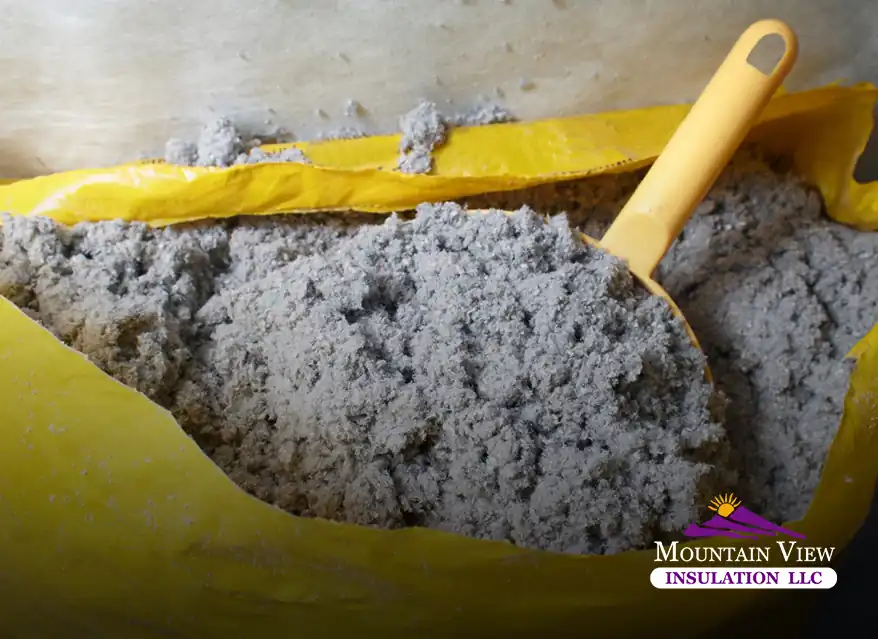
Essential Tips for Cellulose Insulation
Cellulose insulation is a popular and practical choice for insulating your space. Therefore, this guide will provide the critical tips for achieving the best results.
Understanding Cellulose Insulation
First, manufacturers make cellulose insulation from recycled paper products. We treat it with fire retardants to enhance safety. Moreover, this type of insulation is environmentally friendly and provides excellent thermal performance.
Benefits of Cellulose Insulation
- Eco-Friendly: Made from recycled materials, cellulose insulation reduces waste and is a sustainable choice.
- Energy Efficiency: It helps to maintain consistent indoor temperatures, thus reducing the need for heating and cooling.
- Soundproofing: Its dense nature helps in sound absorption, making your space quieter.
- Fire Resistance: Treated with fire retardants, it offers added safety.
- Cost-Effective: Compared to other insulation types, cellulose is often more affordable.
- Pest Resistant: The treatment process makes it less appealing to pests, providing an extra layer of protection.
Installation Methods
There are two primary methods for installing cellulose insulation: loose-fill and dense-pack.
- Loose-Fill: Ideal for attics and open spaces. It involves blowing the insulation into place and covering all gaps. This method creates an even layer, improving thermal efficiency.
- Dense-Pack: Best for walls and enclosed areas. It involves packing the insulation tightly to prevent settling over time. This method is excellent for stopping air leaks and improving insulation performance.
Preparing for Installation
Before installing cellulose insulation, make sure the area is clean and dry. Check for leaks and repair them, as moisture can damage the insulation and reduce its effectiveness. Proper preparation is key to getting the best results.
- Inspect the Area: Look for signs of damage or moisture.
- Seal Leaks: Use caulk or weatherstripping to seal gaps or cracks.
- Clear Debris: Remove any debris or old insulation materials.
- Ventilation: Ensure proper ventilation to prevent moisture buildup.
FAQs about Cellulose Insulation
Q: How long does cellulose insulation last?
A: Cellulose insulation can last up to 30 years with proper maintenance. Regular inspections and upkeep can extend its lifespan.
Q: Is cellulose insulation safe?
A: We treat it with fire retardants, ensuring safety when installed correctly. Additionally, it does not contain harmful chemicals, making it a healthy choice for indoor environments.
Q: Can you add cellulose insulation to existing insulation?
A: You can blow it over existing insulation to improve thermal performance. This method is cost-effective and enhances the insulation’s overall effectiveness.
Q: What R-value does cellulose insulation provide?
A: Cellulose insulation’s R-value typically ranges from R-3.2 to R-3.8 per inch. Also, this provides excellent thermal resistance, making it an energy-efficient choice.
Q: How is cellulose insulation installed on walls?
A: We use the dense-pack method. We drill holes into the wall cavities and blow in the insulation, filling the space.
Maintenance Tips
Maintaining cellulose insulation ensures its effectiveness over time. Follow these tips to keep your insulation in top condition.
- Inspect Regularly: Check for any signs of moisture or pest infestation. Regular inspections help identify issues early.
- Replenish When Needed: Over time, insulation may settle and lose effectiveness. Replenish to maintain efficiency. This is especially important in high-traffic areas.
- Keep It Dry: To prevent mold growth, ensure no leaks or water damage. Use dehumidifiers in damp areas.
- Pest Control: You should monitor for pests and take action if you find any. We treat the insulation to deter pests, but it’s still important to stay vigilant.
In conclusion, using these tips for cellulose insulation, you can ensure a well-insulated space that saves energy and money. Proper insulation enhances comfort and contributes to a more sustainable environment by reducing energy consumption.
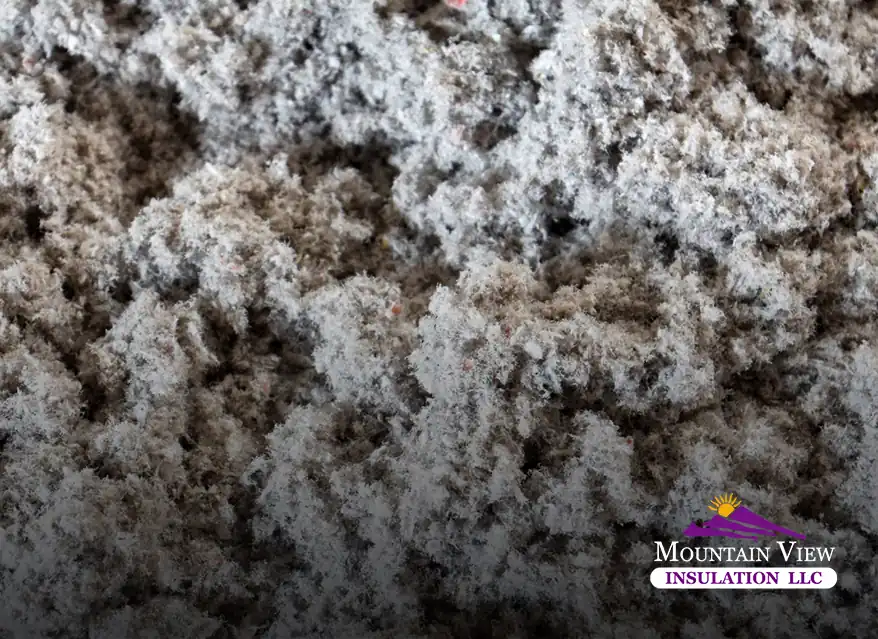
Seal the Deal with Cellulose Insulation
Finally, cellulose insulation offers numerous benefits, from energy efficiency to soundproofing. By following these tips for cellulose insulation, you can achieve optimal results, ensuring a comfortable and cost-effective solution for your space. For professional installation or more information, contact us today. Let us help you create a more energy-efficient and relaxed environment.
